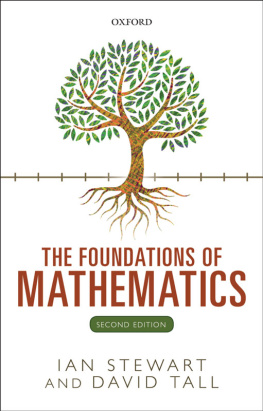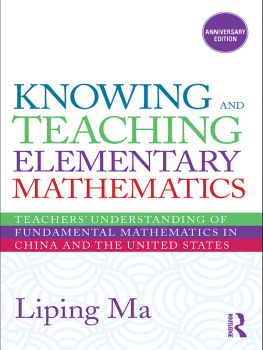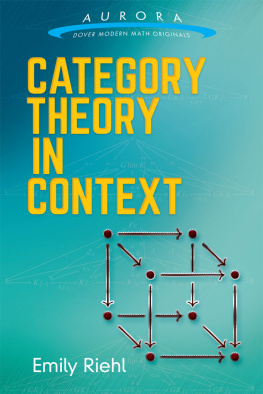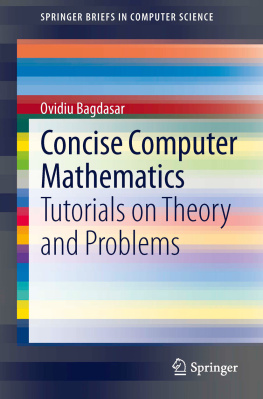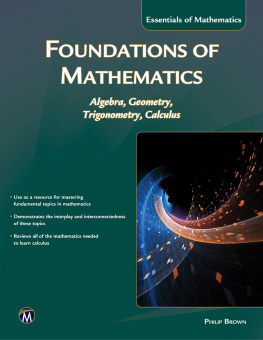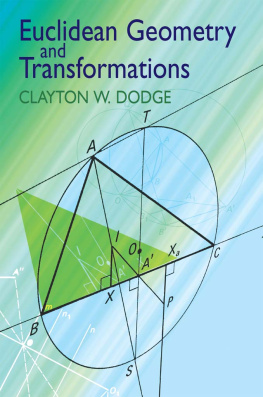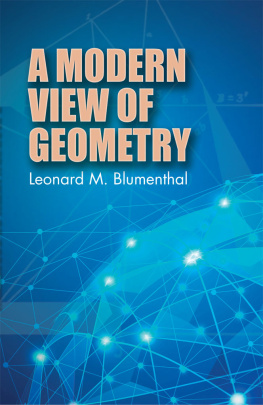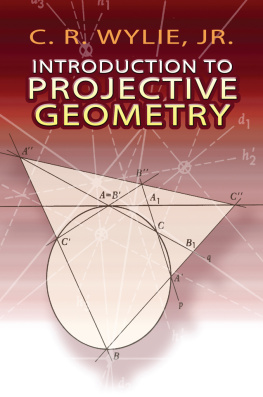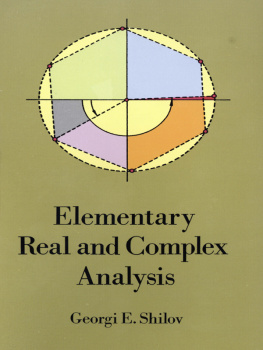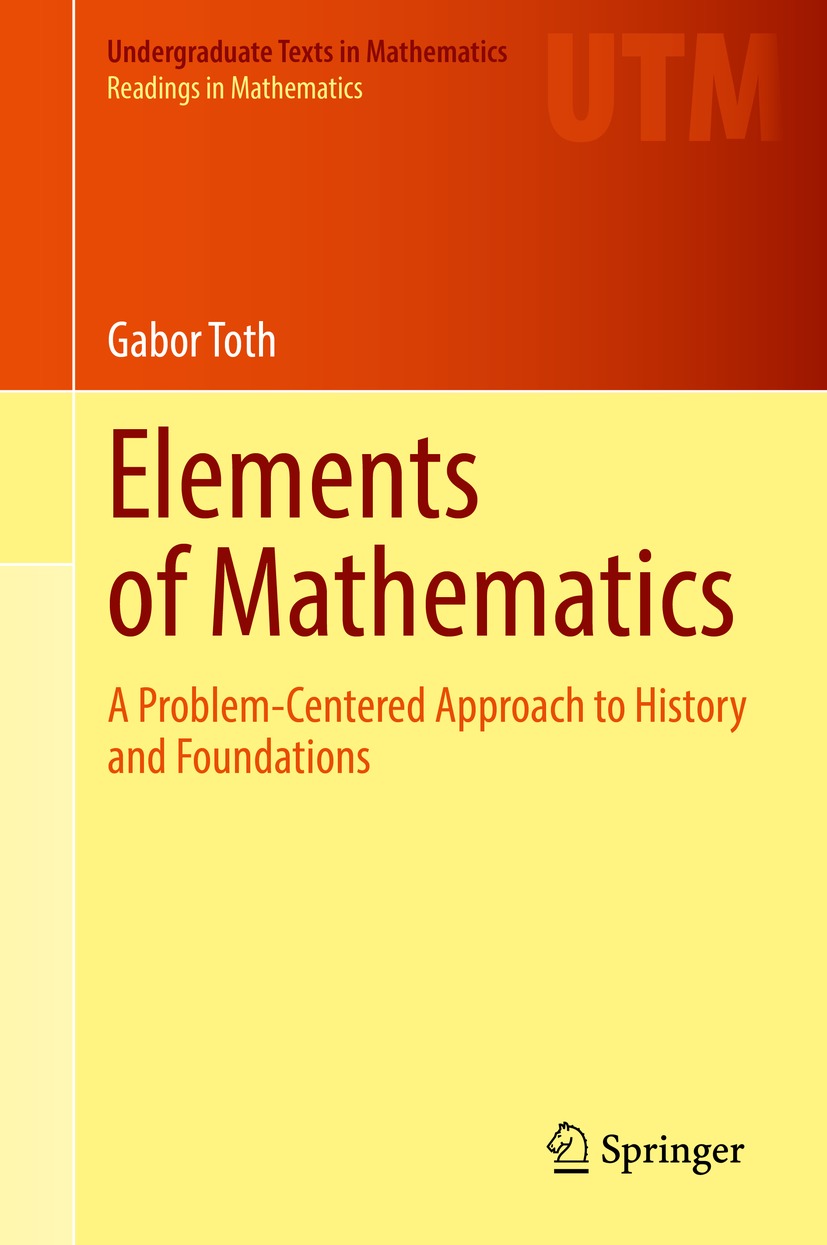Gabor Toth - Elements of Mathematics: A Problem-Centered Approach to History and Foundations
Here you can read online Gabor Toth - Elements of Mathematics: A Problem-Centered Approach to History and Foundations full text of the book (entire story) in english for free. Download pdf and epub, get meaning, cover and reviews about this ebook. year: 2021, publisher: Springer, genre: Home and family. Description of the work, (preface) as well as reviews are available. Best literature library LitArk.com created for fans of good reading and offers a wide selection of genres:
Romance novel
Science fiction
Adventure
Detective
Science
History
Home and family
Prose
Art
Politics
Computer
Non-fiction
Religion
Business
Children
Humor
Choose a favorite category and find really read worthwhile books. Enjoy immersion in the world of imagination, feel the emotions of the characters or learn something new for yourself, make an fascinating discovery.
- Book:Elements of Mathematics: A Problem-Centered Approach to History and Foundations
- Author:
- Publisher:Springer
- Genre:
- Year:2021
- Rating:4 / 5
- Favourites:Add to favourites
- Your mark:
Elements of Mathematics: A Problem-Centered Approach to History and Foundations: summary, description and annotation
We offer to read an annotation, description, summary or preface (depends on what the author of the book "Elements of Mathematics: A Problem-Centered Approach to History and Foundations" wrote himself). If you haven't found the necessary information about the book — write in the comments, we will try to find it.
This textbook offers a rigorous presentation of mathematics before the advent of calculus. Fundamental concepts in algebra, geometry, and number theory are developed from the foundations of set theory along an elementary, inquiry-driven path. Thought-provoking examples and challenging problems inspired by mathematical contests motivate the theory, while frequent historical asides reveal the story of how the ideas were originally developed.
Beginning with a thorough treatment of the natural numbers via Peanos axioms, the opening chapters focus on establishing the natural, integral, rational, and real number systems. Plane geometry is introduced via Birkhoffs axioms of metric geometry, and chapters on polynomials traverse arithmetical operations, roots, and factoring multivariate expressions. An elementary classification of conics is given, followed by an in-depth study of rational expressions. Exponential, logarithmic, and trigonometric functions complete the picture, driven by inequalities that compare them with polynomial and rational functions. Axioms and limits underpin the treatment throughout, offering not only powerful tools, but insights into non-trivial connections between topics.
Elements of Mathematics is ideal for students seeking a deep and engaging mathematical challenge based on elementary tools. Whether enhancing the early undergraduate curriculum for high achievers, or constructing a reflective senior capstone, instructors will find ample material for enquiring mathematics majors. No formal prerequisites are assumed beyond high school algebra, making the book ideal for mathematics circles and competition preparation. Readers who are more advanced in their mathematical studies will appreciate the interleaving of ideas and illuminating historical details.
Gabor Toth: author's other books
Who wrote Elements of Mathematics: A Problem-Centered Approach to History and Foundations? Find out the surname, the name of the author of the book and a list of all author's works by series.



